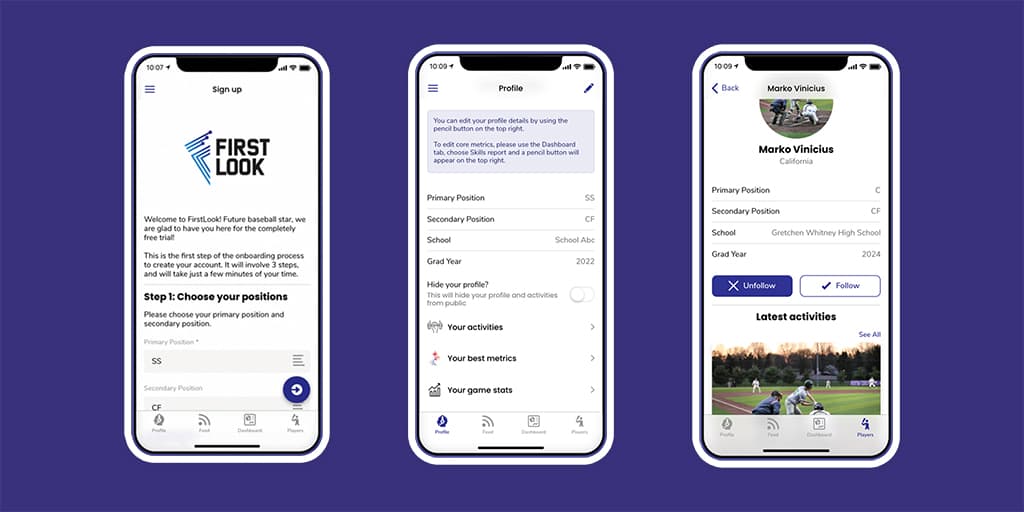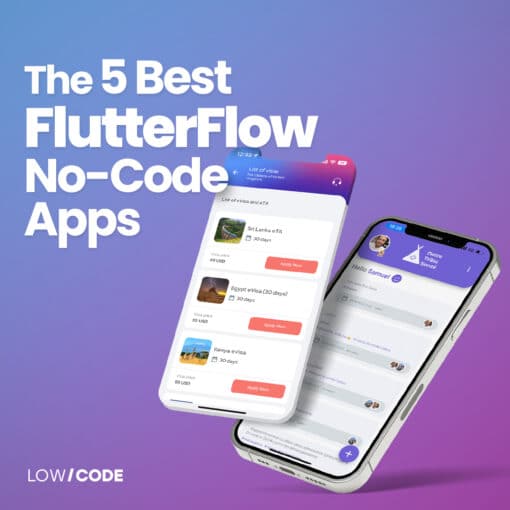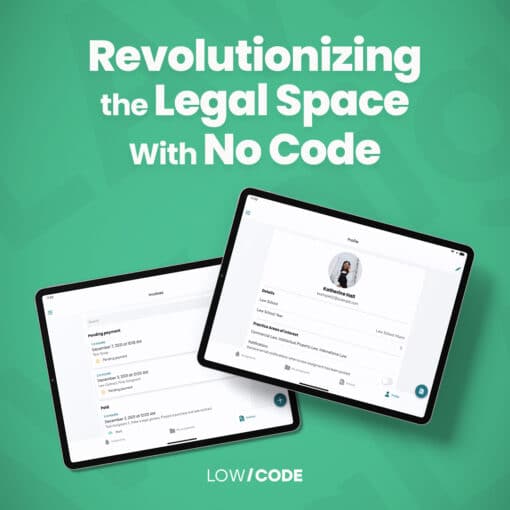In today’s fast-paced digital age, mobile applications have become an integral part of our daily lives. With millions of apps available on app stores, it is no surprise that the mobile app industry is growing rapidly. However, with increasing competition, it has become crucial for app developers to come up with innovative and profitable business models to stand out from the crowd.
Whether you’re a seasoned app developer or just starting, choosing the right business model is essential for the success of your app. The right business model not only helps you generate revenue but also plays a vital role in customer acquisition, user retention, and building a loyal customer base.
In this article, we will explore 10 of the most successful and profitable business models for mobile apps. By understanding the benefits and drawbacks of each model, you will be able to choose the one that best fits your app and maximize your revenue potential. So, let’s dive in and explore the world of app business models!
1- Subscription
If you haven’t heard the term yet, Software-as-a-Service (SaaS) is a powerful business model that allows you to sell software (your app) for a recurring fee—either monthly or annually.
The great thing about the SaaS model is that it’s very flexible and can be customized to whatever you want to include as part of your “packages” or “tiers.”
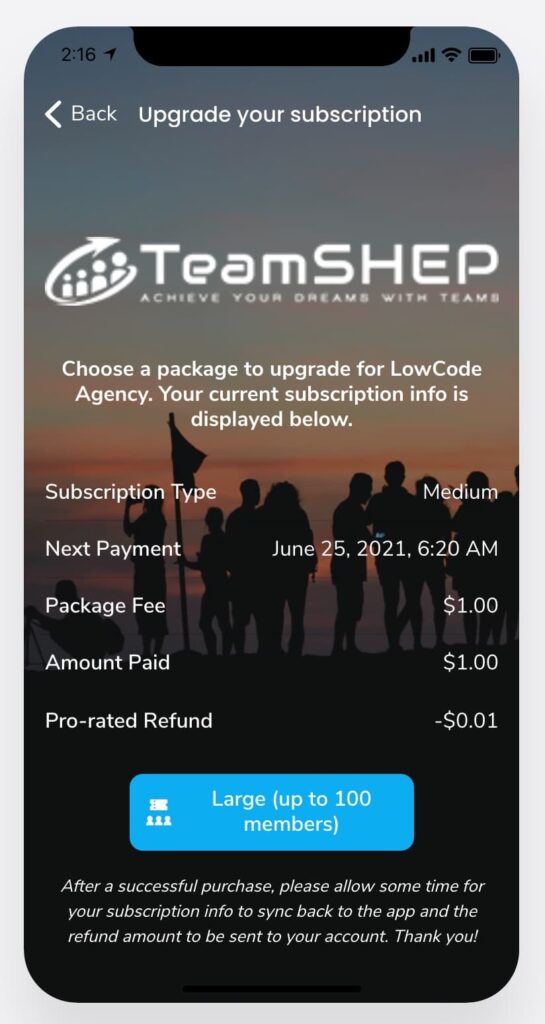
Based on your target audience, the more advanced features can be included as part of certain tiers, whereas in other cases it makes sense to include the whole package in just one monthly tier and increase the price as customers add team members or custom metrics to their plan.
While definitely powerful, the SaaS model is hard to pull off in the sense that it would normally require you to have programming skills. That would have been the case 3-4 years ago.
However, you can now get a mobile app with an integrated SaaS business model without touching a single line of code thanks to strong growth in low-code technologies.
Pros of subscription model
- Can generate consistent and predictable revenue through recurring fees.
- Encourages long-term user engagement and loyalty.
- Can offer access to exclusive content or features.
Cons of subscription model
- Users may be hesitant to commit to recurring fees for an app.
- Subscription fatigue can lead users to cancel or stop renewing their subscription.
- Can require a significant amount of resources to continuously produce and update premium content.
2- Freemium
Gating features behind a paywall is a favorite of many fast-paced online businesses, especially if those features are only needed for a brief period of time before the user churns.
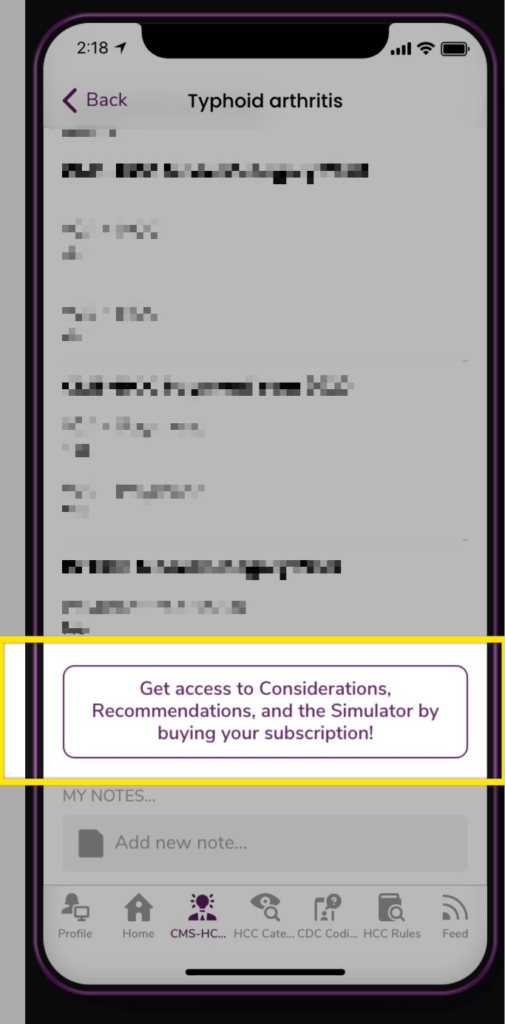
Examples for apps that would benefit the most from this are logo makers, self-made design services, file conversion apps, and other “deliverable-style” software.
Here’s a practical scenario:
- The user needs to create a Gif on their phone
- They are unable to do so with the built-in features
- Because of that – they go and look for an app that can help them achieve their desired outcome (creating a Gif as quickly and easily as possible)
- When looking for an app – they find something for free that gets the job done
- They download it and proceed to follow the steps to make a Gif
- Once they are happy with the results – the app gives them the option to download (or “export”) the Gif – but with a big caveat displayed as 2 options »
- You download for free and get the app logo displayed on top of the Gif as a watermark to spread the word when it inevitably gets shared online
- You pay X once or on a monthly basis to get either 1 or as many downloads as you want free of the app’s logo shown on top of your creation
This is a very typical scenario and, although it can be annoying, some online services are able to pull this off rather effectively. The important thing here is to offer the right price.
If a user does all of that work only to see themselves paywalled with a $34.99 yearly subscription, they’re not going to go for it and they will talk badly about your app.
If a user does all of that work only to see themselves paywalled with a $34.99 yearly subscription, they’re not going to go for it.
But if you give them either the option to download 1 Gif for $1.99 or subscribe for as little as $3.99/mo, they might well consider your offer. It sits within “impulse-buy” range.
Of course, this is a business model that requires volume to work. That’s why the first option is to add a logo as a watermark so that more people get to know about the app quickly.
Pros of freemium model
- Can attract a large user base with a free version of the app.
- Users can test out the app before committing to paying for premium features.
- Can generate steady revenue from users who choose to upgrade to premium features.
Cons of freemium model
- Developing and maintaining multiple versions of the app can be time-consuming and costly.
- Users may be deterred from paying for premium features if the free version is sufficient.
- Can be difficult to find the right balance between free and premium features to incentivize upgrades.
3- In-App Purchases
This is the standard in mobile apps; you download one for free, whether that be a game, a productivity app, or a business solution, and you pay directly from within the interface.
For business purposes, this isn’t as powerful as something like a game since it doesn’t guarantee recurring revenue, although you can create in-app subscriptions as well.

In-app purchases work well for:
- eCommerce apps selling directly to an end-user
- Consumer mobile apps selling digital goods
- Productized service apps like Fiverr
If you want to sell to other businesses with this model in mind, you’re either looking to create an eCommerce shop that sells products in bulk or offer “productized” services.
A productized service is a service limited in scope by a predefined “package” that you offer for $X either as a one-time fee or on a recurring basis. It’s not super easy to pull off because you need to be able to personalize while staying broad enough to fit a specific target audience.
Pros of In-App Purchases model
- Can generate significant revenue from users who are willing to pay for virtual goods.
- Can incentivize users to engage with the app more frequently to earn or purchase virtual goods.
- Can create a sense of exclusivity and reward for users who make in-app purchases.
Cons of In-App Purchases model
- Users may be deterred from making in-app purchases if they perceive the value to be low.
- In-app purchases can negatively impact the user experience if they are required for basic app functionality.
- Can create an unfair advantage for users who are willing to spend money on virtual goods.
4- Paid Apps
Paying for an app upfront is definitely old school but it may still work if you’re looking to sell support licenses the way software providers have done for decades.

Nothing wrong with that, it just won’t have the same effect on the market as selling access to a set of tools for a lower price and retain the customer for years instead of a one-time purchase and then you don’t really know what they are doing with your product anymore.
Paying for an app upfront works well when:
- You only offer a yearly option with support and new updates not included if the customer doesn’t renew their purchase, making their version usable but obsolete.
- Your app plugs into another platform or system as a sort of “plugin,” meaning that customers can quickly buy and test it without much of the risk.
- The target market is large enough, allowing you to niche down in a specific offering that will always be available upfront and that is easy to pay for.
We don’t recommend paid apps if you’re looking to sell a business process like inventory management or customer relationship management.
SaaS is best for those.
Pros of Paid apps model
- Revenue is generated upfront with each app download.
- No ads or in-app purchases can create a more streamlined user experience.
- Can help establish credibility and value for the app.
Cons of Paid apps model
- Users may be hesitant to pay for an app they have not tried.
- Paid apps can be less attractive to users who prefer free alternatives.
- Revenue is limited to the initial purchase price and may not be consistent.
5- In-App Advertising
Ads are also one of the more traditional ways to monetize an app but they don’t fit well with what customers expect from a modern mobile app today. Lazily spreading ads throughout your app in hopes that someone will click on them and generate you a tiny bit of money is not worth it.
Mobile ads work well for:
- Games
- Media apps
- Reading experiences
- Certain platforms
You don’t want to plaster a community app with ads; it’s the exact opposite experience of what a creator would want for their members. Instead, you should focus on creating rich media experiences that are augmented with relevant ads as part of the content itself.
Pros of In-App Advertising model
- Can generate consistent revenue through ads displayed in the app.
- No cost to the user, so it can attract a large user base.
- Can be an effective way to promote other products or services within the app.
Cons of In-App Advertising model
- Users may find ads intrusive and negatively impact the user experience.
- Revenue may be unstable and depend on factors such as ad quality and user engagement.
- Can be difficult to strike a balance between ad revenue and user experience.
6- Sponsorship
Sponsorships are a good business model if you’re building a media experience and can work on a certain creator platform type of apps. They’re certainly not the most straightforward to design or build as they require a network of deep-pocketed companies ready to pay for a mention.
I’m putting both this and affiliate marketing at the bottom of the list because—while interesting—they are quite hard to pull off and require a lot of time building a personal or business network without any guarantee that you’ll make a profit one day. Not easy!
Pros of sponsorship model
- Can generate a significant amount of revenue from a single partnership.
- Can increase brand awareness and credibility for the app.
- Can provide opportunities for cross-promotion and collaboration with partner brands.
Cons of sponsorship model
- Finding the right partner can be challenging and time-consuming.
- The partnership may not align with the values or interests of the app’s user base.
- Sponsorship deals may not be consistent and may not provide a stable revenue stream.
7- Affiliate Marketing
It’s not typical to have mobile apps making heavy use of affiliate marketing practices; this is more popular in the blogging scene as the medium makes it easy to share information related to certain products and services. However, some apps like publishing apps may well have integrated browsing experiences which can turn affiliate links into direct purchases.
Pros of affiliate marketing
- Can generate revenue without the need for in-app purchases or ads.
- Can be a low-risk way to test out different revenue streams and partnerships.
- Can provide users with relevant and useful product recommendations.
Cons of affiliate marketing
- Revenue is dependent on user purchases and can be unpredictable.
- Over-promotion of products or services can negatively impact the user experience.
- May require significant effort to identify and establish profitable partnerships.
What Business Model Will You Choose for Your App?

Depending on whether you are selling to other businesses or to consumers, we’ve highlighted some of the most interesting business models to consider when building a mobile app.
My personal recommendation is to focus on business solutions as they are a lot less competitive than consumer ones and require less volume to become profitable.
LowCode Agency no-code agency helps with the tricky technical parts to implement in your app so that you can focus on the business model, grow the company, and make the profits.
See how much yours would cost »
Frequently asked questions
Depending on your target audience, some examples of business models are using monthly subscriptions to give access to the entire experience (or parts of it), gating features behind paywalls—such as additional user seats—or using in-app purchases and advertising.
To design a business model that’s profitable for your app, you need to consider your target audiences’ needs and wants closely. Selling to a business user will not be the same as selling to a consumer—they are more likely to want peace of mind and return on investment.

Jesus is the founder of Low Code Agency: a low-code development agency that allows small business owners to get their mobile and web apps done fast and cost-effectively while maintaining quality.



